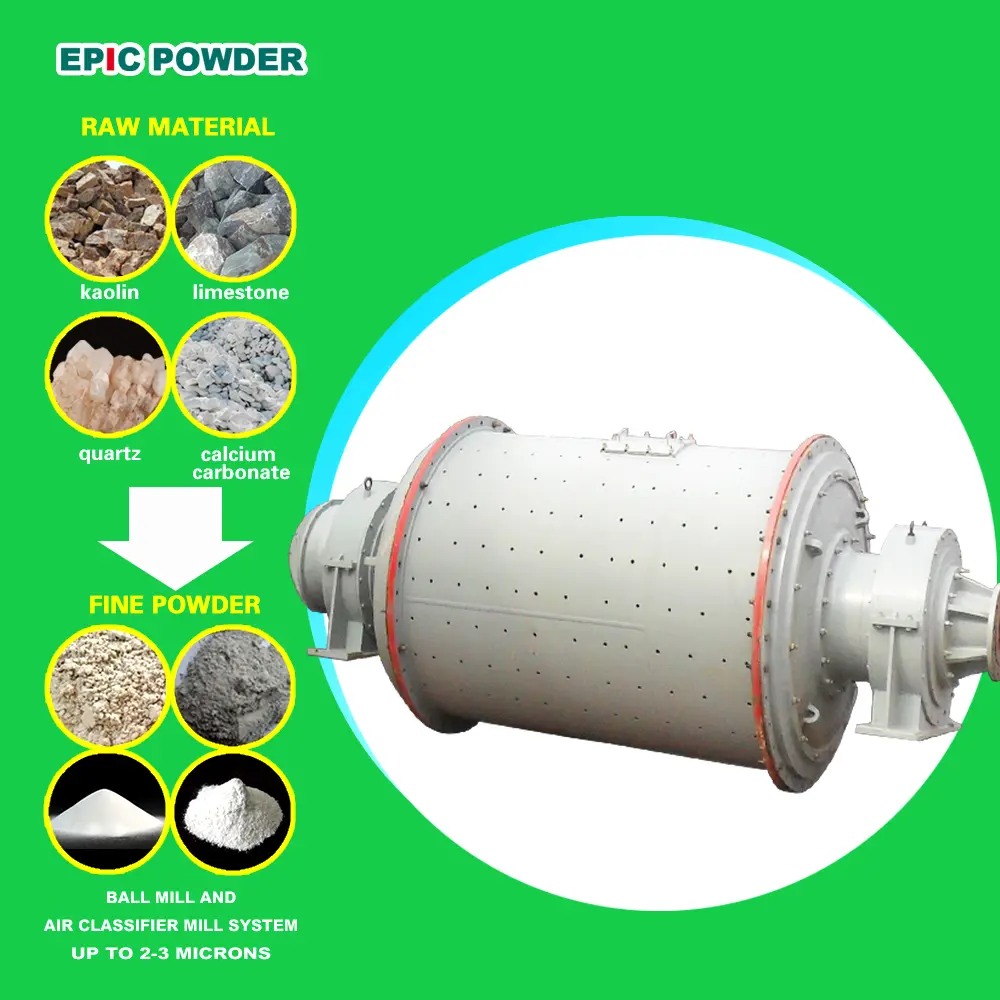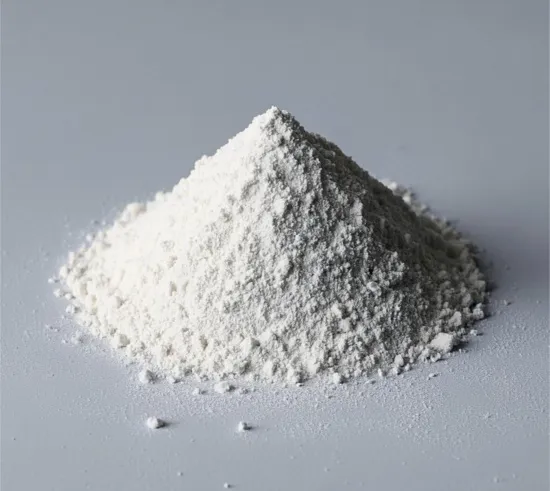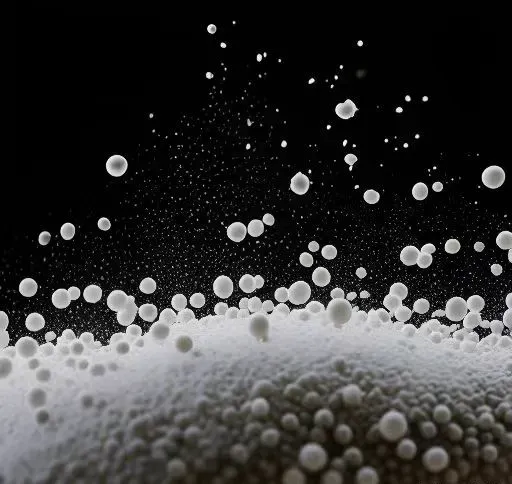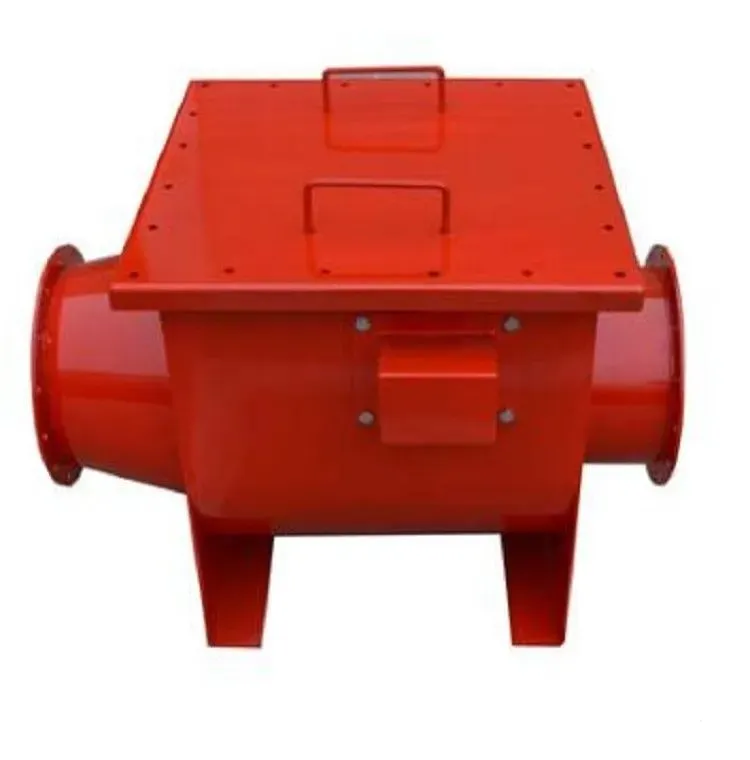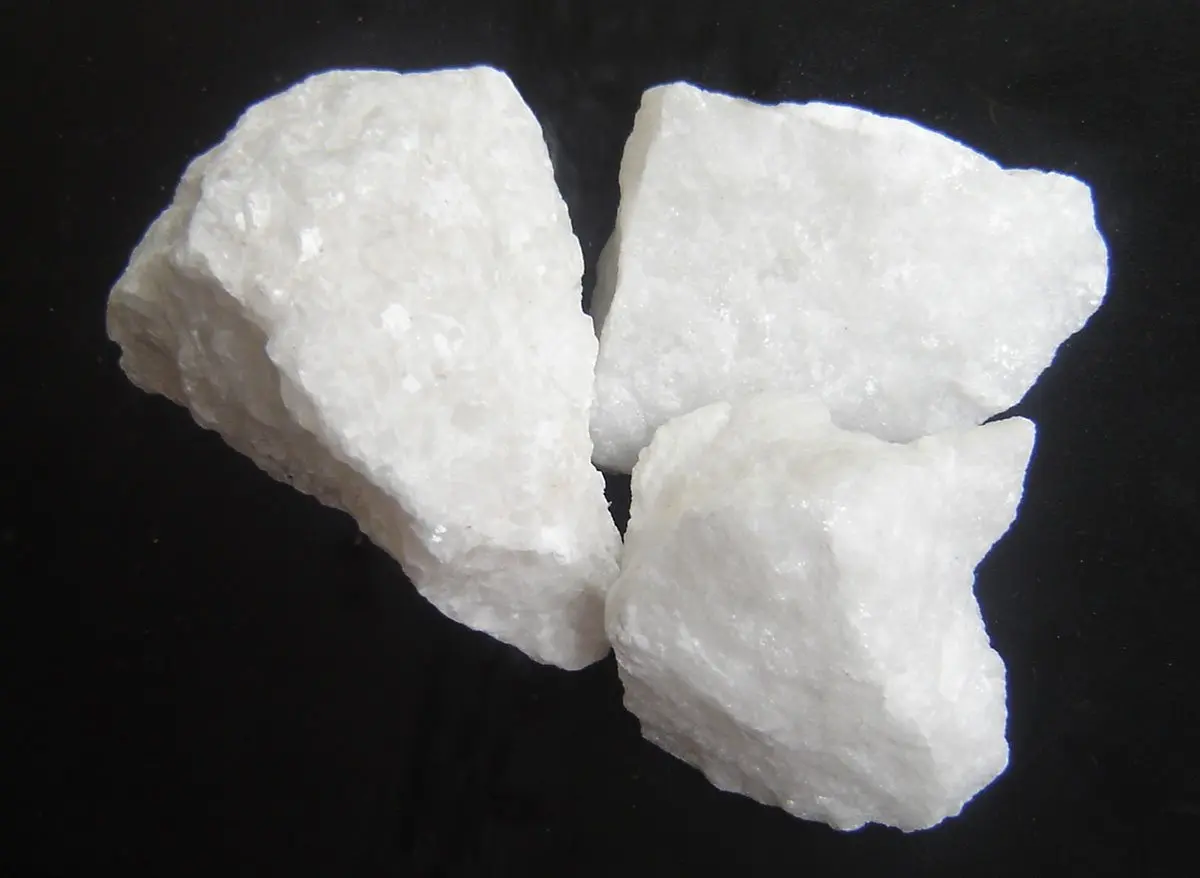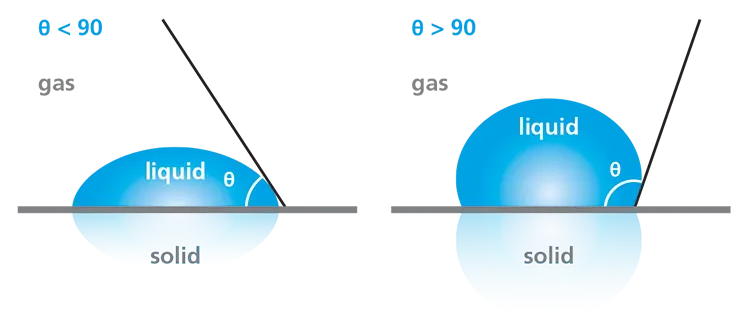Conveying Bulk Materials
Bulk material conveying is a critical component of the logistics engineering industry and plays a significant role in various sectors. It is commonhuu in both international and domestic trade. Currently, bulk materials can be transported via bulk transportation, mechanical conveying, pneumatic conveying, or pneumatic logistics transmission.
Bulk transportation is a fundamental method for material handling. Traditional mechanical conveying methods, such as screw conveyors, belt conveyors, and bucket conveyors, are widely used in industrial production. Pneumatic logistics transmission enables the fast, accurate, and safe transportation of small items. Pneumatic conveying has become an integral part of bulk material transportation due to continuous research. It is characterized by being clean, safe, space-efficient, flexible in configuration, and easily automated. It is a large-scale, green technology commonly used for granular bulk materials.
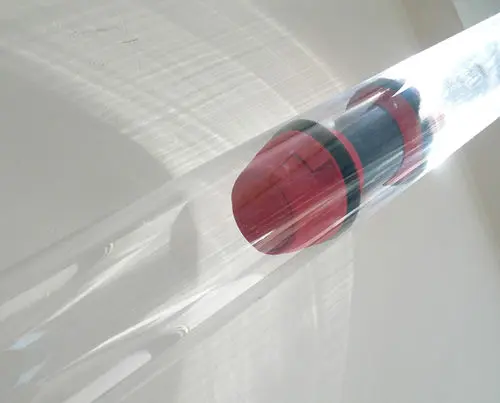
Development of Pneumatic Conveying Technology
Pneumatic conveying replaces traditional mechanical methods with sealed pipelines, allowing for efficient and clean material processing. This technology originated in the UK at the end of the 19th century and has seen significant advancements over the past hundred years.
Research in China began in the late 1950s, and by the 1960s, positive pressure pneumatic conveying technology for warehouse pumps was introduced. After the reform and opening up, the petrochemical and chemical industries imported many airflow conveying systems for polyolefin devices. It wasn’t until the early 21st century that domestic systems began to replace imports.
Today, pneumatic conveying systems are widely used in the petrochemical, chemical, food, pharmaceutical, and other industries. They are also being increasingly adopted in emerging fields such as silicon materials, new energy, and new materials.
Pneumatic Conveying: Dilute Phase or Dense Phase
Pneumatic conveying is a type of gas-solid two-phase flow and can be categorized into dilute phase and dense phase conveying based on the flow state. Generally, the solid phase volume fraction in dilute phase conveying is less than 15%, whereas in dense phase conveying, it exceeds 15%.
Dilute phase
Dilute phase conveying uses high-speed gas (approximately 20-40 m/s) to disperse and suspend powdered and granular materials in the airflow for transportation. During this process, the materials frequently collide with the inner wall of the pipeline, which can lead to wear, dust generation, and material degradation.
Dilute phase conveying is primarily categorized into two methods: vacuum suction and pressure delivery. The vacuum suction method transports materials from one or multiple points to a single point, while the pressure delivery method moves materials from one point to multiple points. In pressure delivery, the pressure in the pipeline is higher than atmospheric pressure.
Additionally, dilute phase conveying can be classified into low-pressure and high-pressure types based on the gas source pressure. Low-pressure gas sources typically have a surface pressure not exceeding 50 kPa and are used for short-distance transport of small quantities of powdered and granular materials in chemical plants. High-pressure gas sources, with pressures up to 700 kPa, are used for transporting larger quantities over distances of 600-700 meters.
The advantages of dilute phase conveying include a broader design capacity, reduced pipeline vibration, and no need for special pipeline supports. However, the high speed of dilute phase conveying often results in substantial dust and material degradation. This can be problematic for products requiring high cleanliness. Measures such as adding dust removal and powder removal equipment are necessary to address these issues.
Dense phase
Dense phase conveying uses high-pressure gas to pressurize materials, with gas source pressures reaching up to 0.7 MPa and conveying speeds of 2-10 m/s. It is characterized by low air volume and high material-to-air ratio. Dense phase conveying is divided into dense phase plug flow and fluidized dense phase flow. In dense phase plug flow, particles form a columnar shape, while in fluidized dense phase flow, particles flow in layers.
The benefits of dense phase conveying include higher gas transmission pressure, lower gas volume. There’re also reduced energy consumption, and less product wear compared to dilute phase conveying. However, it has less flexible conveying capacity, higher technical demands, and is prone to blockages, loose pipelines, and cracking of pipe piers. The initial investment cost is also higher than that of dilute phase conveying.
Designing a pneumatic conveying system involves choosing between dilute and dense phase conveying. Dilute phase systems are generally safer in terms of reliability and material stability. While dense phase systems are better suited for highly abrasive, brittle, temperature-sensitive, and high bulk density materials. Intermediate phase conveying, combining the benefits of both methods, may become a focal point for future research.
Conclusion
Choosing the right pneumatic conveying method—dilute phase or dense phase—depends on various factors, including the nature of the materials, the required transport distance, and specific operational needs. Dilute phase conveying is advantageous for its broad capacity and ease of design. However, it may result in higher dust generation and material wear.
Dense phase conveying, while more energy-efficient and gentle on materials, requires more precise control and has higher initial costs. As technology advances, intermediate phase conveying may offer a balanced solution, integrating the strengths of both methods. Understanding these options allows for more informed decisions, optimizing both efficiency and cost-effectiveness in bulk material handling.

